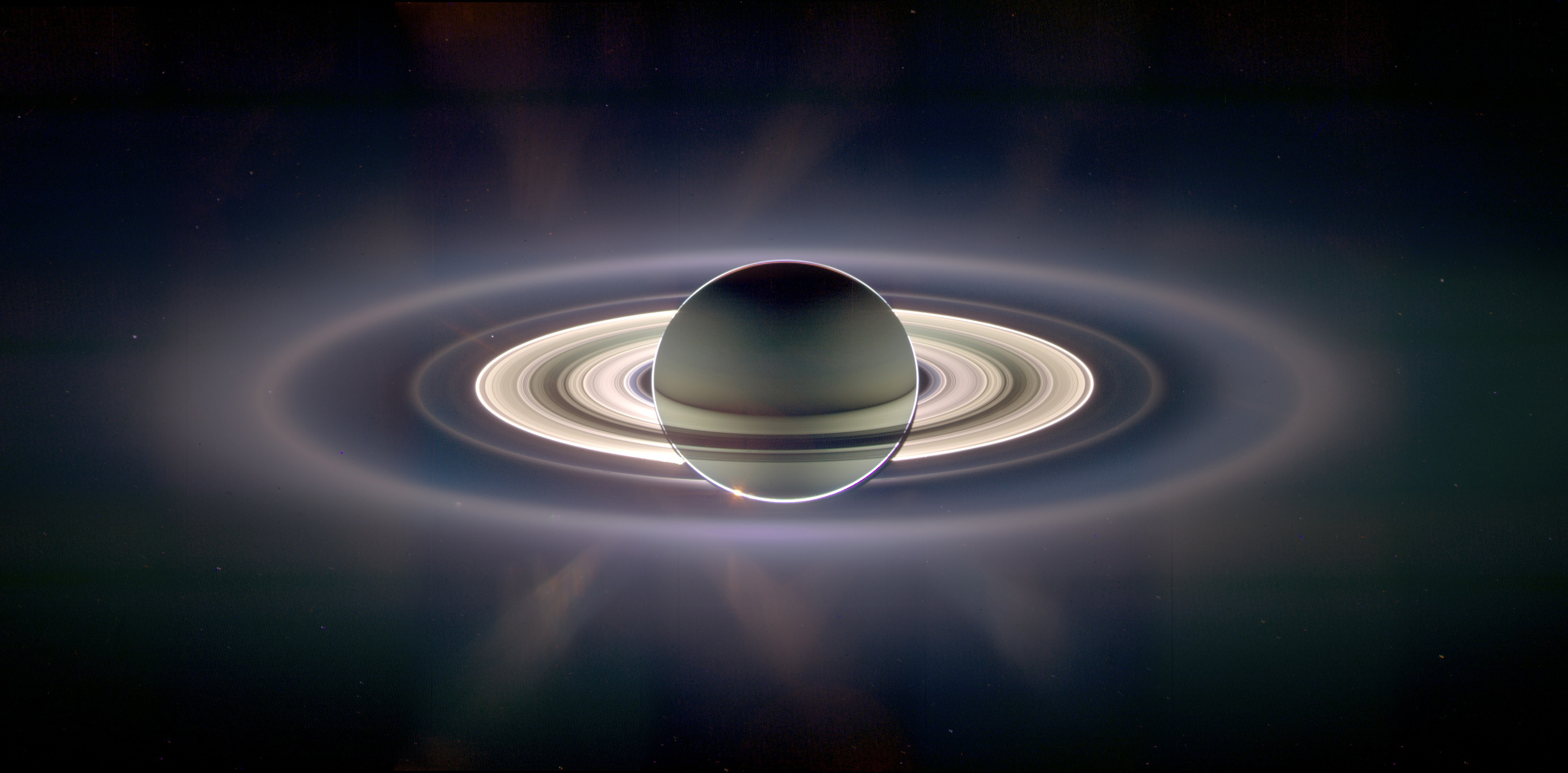APOD-october 27th-The antennae galaxies in collision

This image is an image to two galacies colliding. Although they are colliding, they do not collide in the usual sense, that is, the stars don't come in contace with each other due to the large areas of empty space that galaxies are composed of. However, galaxies can rip each other apart gravitationally and the dust and gas in both galaxies do collide. These collisions cause the birth of literally thousands of stars, some of which are bound together as binary stars.



